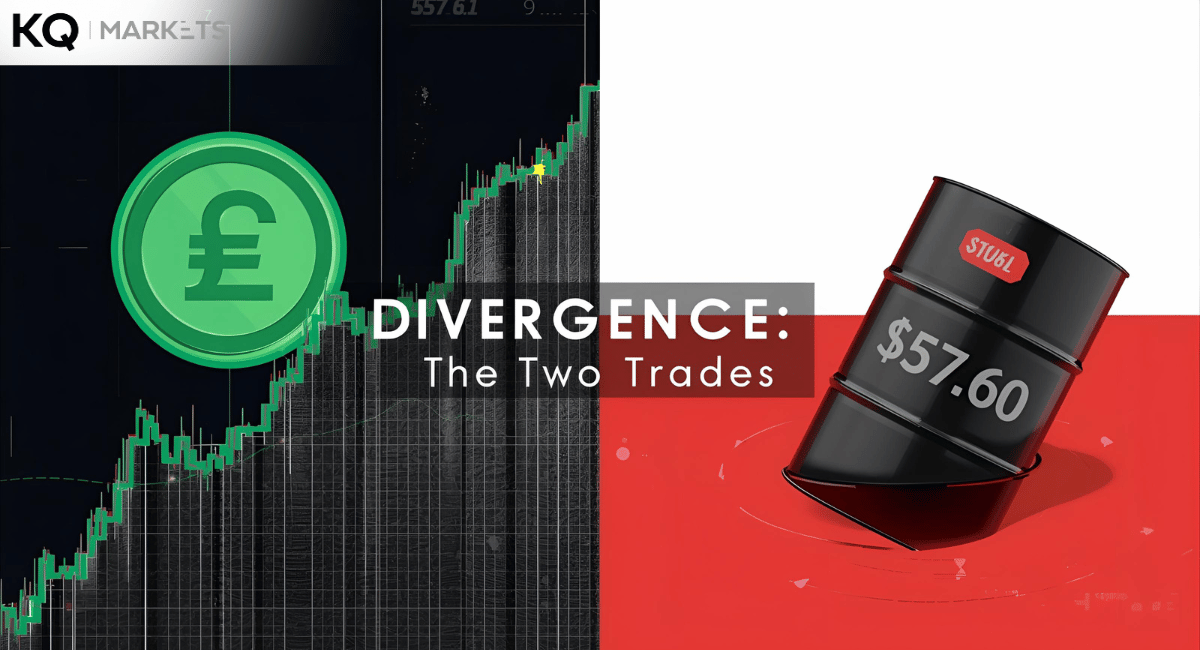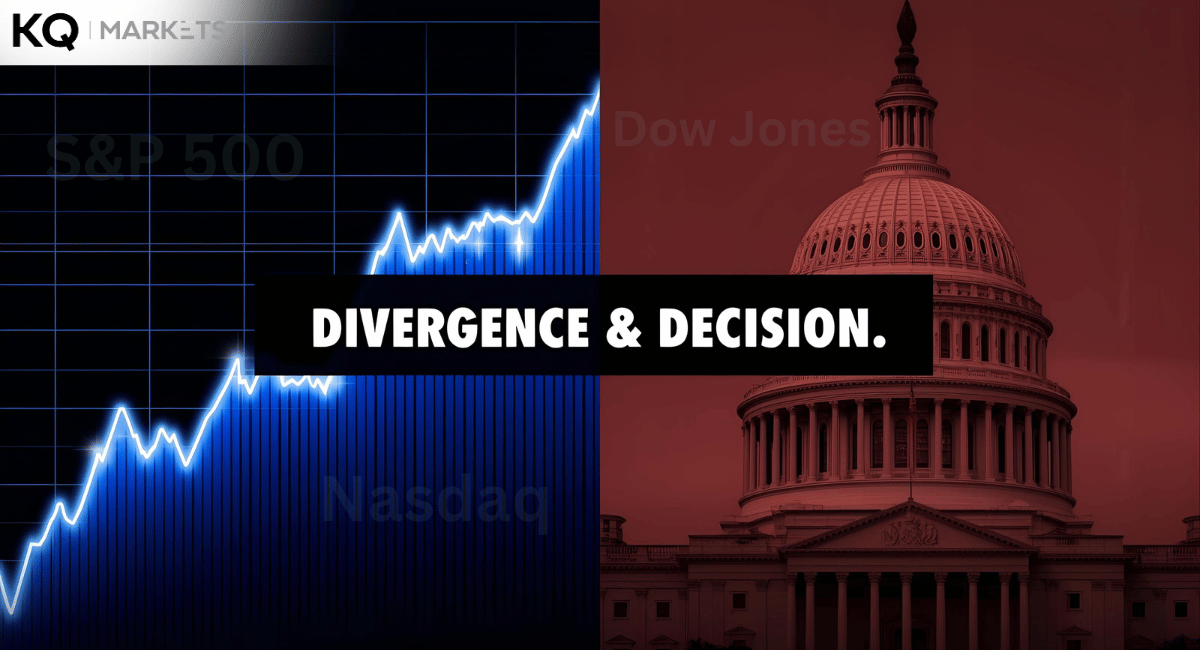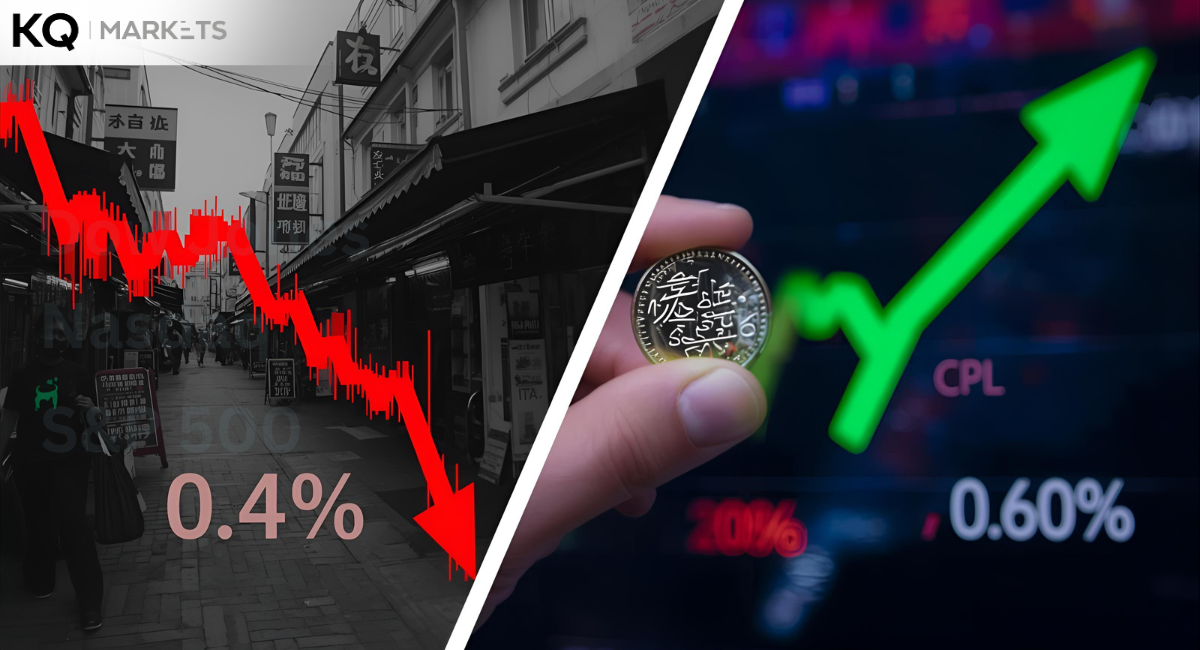US stocks closed higher on Monday amid another critical earnings round. Stockholders focused on financial institutions' results after the Silicon Valley Bank collapse. In general, the Dow Jones Industrial Average gained 0.3%, the tech-heavy Nasdaq Composite rose by 0.28%, and the S&P 500 edged up by 0.33%. The 2-year note yields rose to 4.188%, and the 10-year note increased to 3.597%. CrossFirst Bankshares Inc, ServisFirst Bancshares Inc, Pinnacle Financial Partners Inc, and First Bank will all report this week.
In any case, the banks' reports would provide extra insights into the banking industry. Gold futures were trading at over $2,000 per ounce after the Federal Reserve officials commented on a possible back of hawkish rate hikes. Data showed that crude oil was above $80 per barrel after gas prices rose to about $3.673. Stocks closed lower last Friday after the Dow Jones Industrial Average dropped by over 100 points. The move came after the corporate earnings report that showed disappointing retail sales data.
However, the index attained its fourth successive weekly rise. Friday marked the first earnings round since the Signature Bank and Silicon Valley Bank collapse. JPMorgan boosted the stock by 7.5% after a quarterly revenue that exceeded analyst estimates. Besides, Wells Fargo and Citi topped expectations on the same day. Netflix, United Airlines, Western Alliance, and First Horizon would report after the close of the market. Bank of New York Mellon, Goldman Sachs, and Bank of America planned to report on Tuesday.
US single-family house builders’ confidence rose in April as the focus turned to house data. The National Association of Home Builders report shows that the measure had increased in four consecutive rounds. On the other hand, the association recorded low inventory bolstered demand and declining mortgage rates for new homes. Other critical reports this week included the mortgage rate & application data, existing home sales, and housing starts.
Analysts said this data would allow stock investors to attain a more transparent market snapshot as the economy slightly softens. Apart from the housing report, PMI and unemployment data were crucial as they would provide insight into the next Federal Reserve interest rate move. Meanwhile, the US Treasury Secretary said tighter lending rules after the recent bank failures might replace rate hikes. Thus, market strategists were awaiting statements from the eight Federal Reserve officials.
Above all, most stock traders believe that the gloom and doom might be over. The Cboe Volatility Index had attained its lowest value last Friday in over a year. Stock traders focused on returns instead of the systemic issues that resulted from banking turmoil. Overall, most market analysts predicted that the Federal Reserve might increase the borrowing costs by another 25 basis points. The probability for another 0.25% interest rate rise was 86%.





